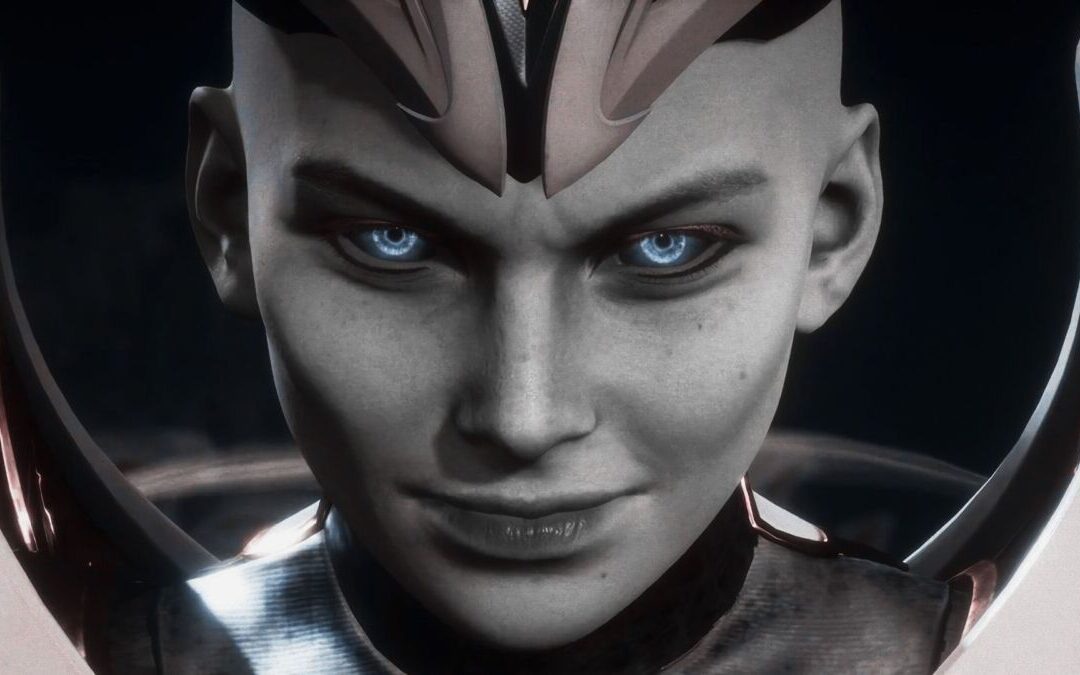As a series, Mortal Kombat has transcended the fighting game genre to become synonymous with video games themselves. From 1992 to today, its rich history includes everything from the creation of the ESRB to the series’ reshaping of itself for the 3D era and reinvigoration on modern consoles.
As the real-world legacy grew, so did the lore and mythology for the games, expanding on both the stories and background, as well as changing to incorporate more and fit the path for new entries. While some still believe that fighting games have no narrative depth, Mortal Kombat has spent years proving otherwise with its emphasis on “lore over storytelling.”
The series isn’t simply furthering its main conflict, but continually redefining its scope while trying to keep that balance of down to Earth fighting meeting fantastical elements. It takes inspiration from other media to create intriguing characters and races with purpose inside a crazy world of magic, dragons, and gods. The boiled-down focus we see may be on combat between two beings, but it’s barely about a tournament for the right to merge realms anymore. Instead, there is way more behind the scenes than non-fans and casual participants are aware of.
The mythos surrounding many elements behind Mortal Kombat is hard to come by. Some of what’s here is my best interpretation of the information, as much of the knowledge isn’t spelled out directly in a single place, but rather compiled from various games, different timelines, comics, and even the television shows and movies, with several of those pieces no longer considered canon. It’s hard to get an exact account of what happened, but here is a summation of the myths, legends, and other lore that exists within the Mortal Kombat universe.
In the Beginning: The One Being

As many origin stories go, things started off in a void of darkness with an all-powerful being, but in this story, there were also Elder Gods, which The Being fed off for sustenance. This particular entity was referred to as the God Before Gods, implying that he predates all of the other powerful beings and “allowed” their creation for his own means. This character is expectedly lacking in traditional defining features as well as gender, existing more as a concept than a visible threat during the games, meaning that many of the characters don’t know about or believe in it. Any player would be excused for not knowing about The One Being, as there isn’t much info available, and the concept wasn’t introduced until 2004’s Mortal Kombat: Deception.
Eventually, the Elder Gods rose up against The One Being and forged the Kamidogu (based on a Japanese word meaning “divine equipment,“ or more appropriately, “God tool”). These items each held the power of a respective realm and were used to affect the reality of the being, shattering and separating him into the various new worlds. This is why all of the talk of merging realms is bad, beyond the whole aspect of being conquered. A complete re-merging of the realms would spell the full return of the entity, which is why the Elder Gods created the tournaments and installed rules, in hopes to prevent this outcome.
Speaking with Shawn Kittelsen, co-writer of Mortal Kombat 11 and writer of the Mortal Kombat X comics, The One Being returning would mean, “the end of all things.” Everything in creation was either pulled directly from the entity, molded like clay, or has a piece of him in them through reproductive means. Breaking them apart didn’t destroy it, the pieces were just repositioned to create more.
The One Being isn’t completely out of the picture. Dialog from Cetrion and Jade from MK11 reveals that some Outworlders still pray to the former being (Jade likely being one of them), with Cetrion herself saying everyone has come from The One Being in some form. The entity also manipulates others like Shao Kahn to attempt to merge the realms, or in the case of Onaga to combine the Kamidogu, as seen in Deception, but neither seems to notice the destructive influence.
Clash of a Titan

Much like in Greek mythology, Mortal Kombat’s Titans hold position over the Gods and Elder Gods in power. According to Kittelsen, these Titans are “forces of nature,” and “the laws of physics,” also allowed into existence by The One Being to control aspects like time, reality, and space. These are newer creations for the lore, however, and even Kittelsen admits that not everyone agrees completely on the exact details when concerning the origins of these powerful creatures and the roles they played, not even his co-writer for MK11, Dominic Cianciolo.
Like its other offspring, in this new timeline, the Titans may have also helped the Elder Gods disperse the Being. We don’t know much about the other Titans and some of the characters who are knowledgeable in this universe even seem to think they’re just a myth. Raiden knows enough to be concerned and realizes the danger they represent. In Scorpion’s MK11 ending, he comments on other titans in one of the few hints fans are given to possible future villains from this group:
“After eons, I learned the truth. Kronika was not alone. She was one of many Titans, each more powerful and ancient than the Elder Gods.”
Kronika is the newly introduced main bad for MK11, exposing players to the Titans and their first female end boss in the series. But it’s more than that. As the master of time, like the Greek Titan Cronus she shares a name with (she even eats one of her children like he did ) it is revealed that her plots have affected aspects of the entire Mortal Kombat timeline and she’s responsible for manipulating and resetting the universe as well. “Mother Time” is here and she is not playing nice after her son, Shinnok, has been killed.
The Quite Necessary Elder Gods
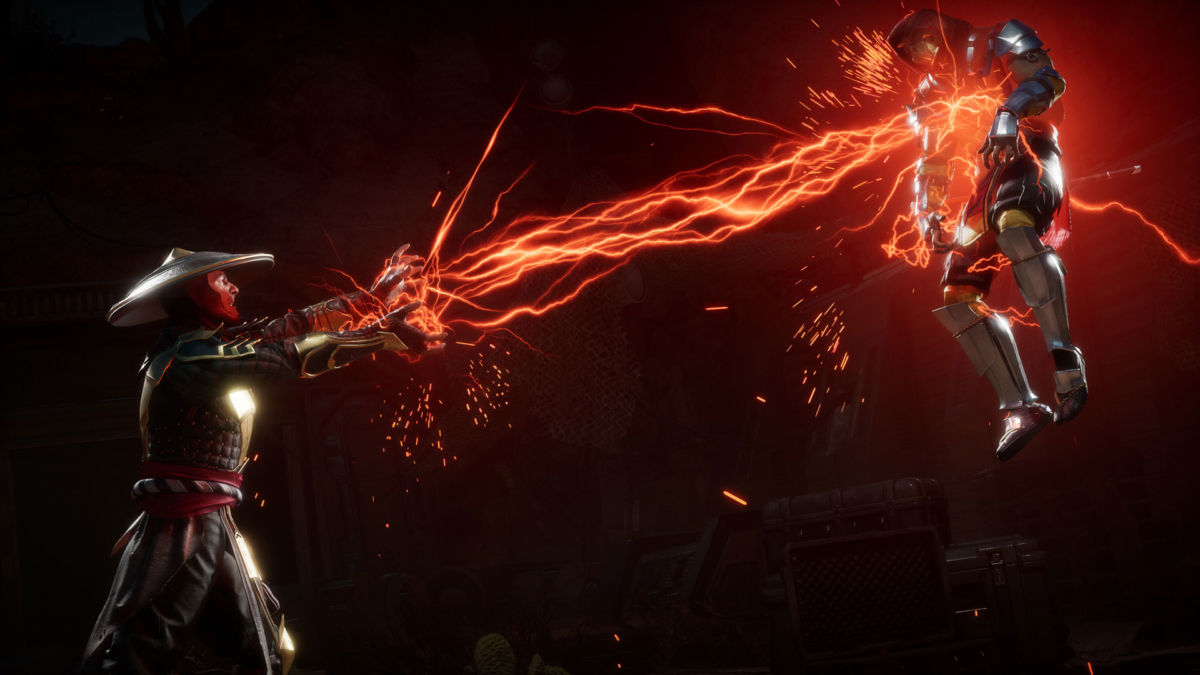
For the longest time in Mortal Kombat’s history, the Elder Gods were at the top of the food chain. They were seen as the overall rulers and judges, some good, a few bad, hard to kill celestials with immense power over the elements or life and death. They strive for some semblance of balance between the realms, but also often come across as uncaring, willing to sacrifice combatants.
The group values the realms as a whole over one (usually Earthrealm), not wanting to interfere even when innocent lives are being lost, unless someone’s actions risk bringing back The One Being or the rules are broken beyond belief. Kittelsen believes that the whole reason for a tournament is for their amusement, but also to act as a “honey trap,” drawing out those who may want to merge all of the realms and keeping a closer eye on potential threats.
Depending on which game is being referenced and who is writing, the source material determines the way these deities act, how powerful they are, and what the entities look like. In some games, they are simply large faces, ethereal figures, or even dragons, while a few (mostly the fallen ones) take on human forms with unnaturally colored skin. Individuals can be promoted to Elder God status, as several character endings demonstrate. Raiden’s own story sees this happen to him, only to later renounce this position to participate in the defense of the realms once again.
But as Kittelsen points out, these Elder Gods aren’t as important as they try to make others think they are. “She smites the Elder Gods and everything is fine,” making them less necessary to continued reality, unlike their superiors, the Titans. In most cases, these powerful beings are not active and prefer to sit in the background, managing the realms from afar through their underlings.
Gods, Hall Monitors of Their Domains
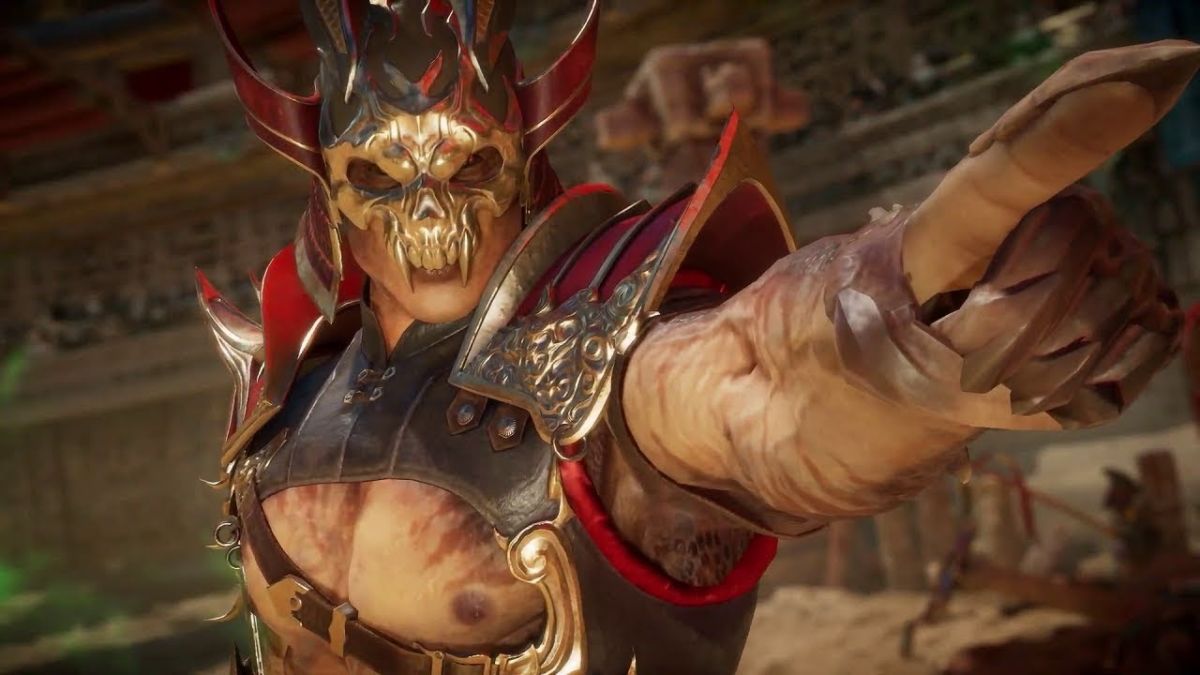
The more common powerful beings players see are simply referred to as Gods, beings of incredible power, usually with a specific set of abilities connected to elements or concepts of that realm who answer to the Elder Gods when there’s a big problem. In a small bit of confusion, Half-Gods and Demigods are also usually thrown into this group, and it’s sometimes uncertain about how related these characters are or where they stand on the chart. Some of the more recent games use God and Demigod as interchangeable terms, but according to Kittelsen, the inclusion of the Demigod term is because not all the beings of this power level come from the same place: the heavens.
There is also a misconception of Raiden and Shao Kahn being brothers from the second Mortal Kombat movie that we don’t like to speak of, Annihilation, and the Mortal Kombat vs. DC Universe game. That isn’t the case, however, and although MK: Deception portrays him as an equal to Raiden in celestial standing, there are references to Shao Kahn simply being a powerful immortal. This is another hard aspect to measure because everyone residing in Outworld ages slower than they would in Earthrealm.
The new timeline has also made some former Gods non-canon, but most of those came from sources outside of the games. Several new Gods seemed to be popping up for a while, as certain strong individuals can rise to God status, but that doesn’t guarantee they will all be on the same power level. One major drawback is that those abilities are temporarily lost if they enter another realm they don’t lord over. Unlike the Elder Gods, these keepers are more active, meddling in the affairs of their herd and act as protectors, through whatever means necessary — but not everyone is benevolent.
A Kollection of Realms, Even if Only Three Matter
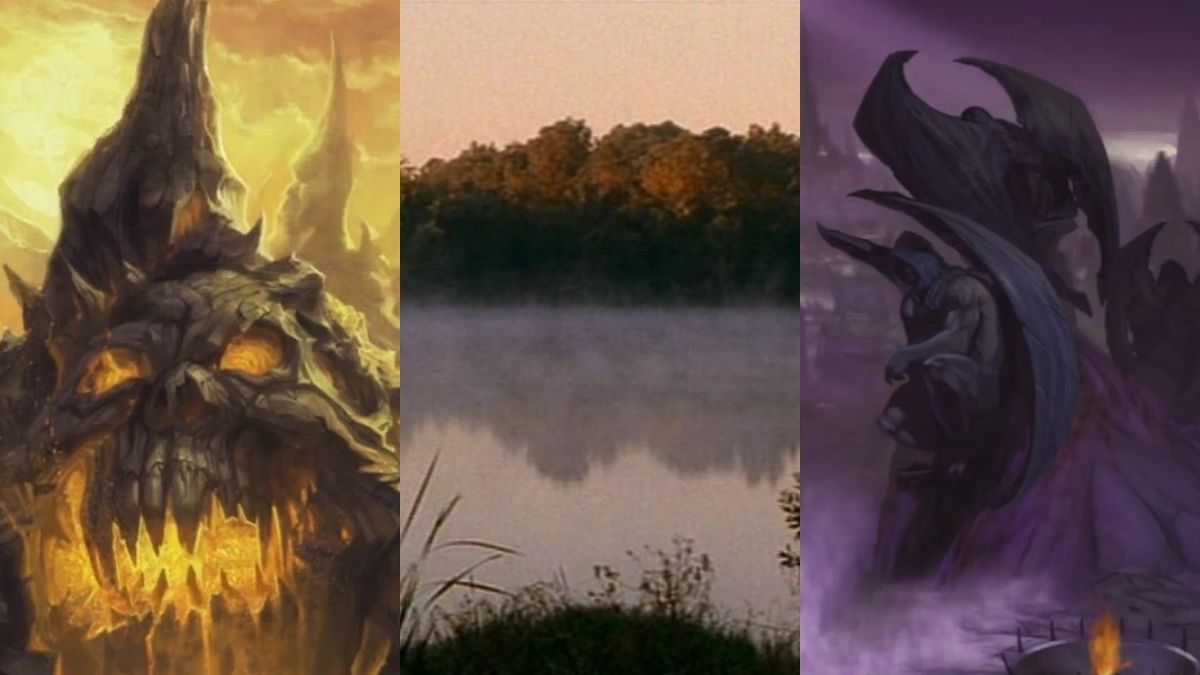
The concept of multiple realms can be found in a lot of other media, especially comic books and various mythologies, but it is the main conflict at the core of Mortal Kombat. Outworld wins tournaments in an attempt to merge with all of the other realms, conquering and becoming stronger. Back when The One Being was shattered, the parts of him became different realms.
Of these, there were six main worlds: Earthrealm, Outworld, Edenia, Netherrealm, Chaosrealm, and Orderrealm/Seido, with several smaller realms having also spawned. Depending on which timeline is referenced, many other planes have already been defeated and absorbed by Outworld, with their remaining resources and fighters now serving Shao Kahn.
The realms are quite different in their inhabitants, how they are run, and their appearances, but the only ones that get a lot of attention are Earthrealm, Outworld, and Netherrealm. It seems like each one has a God or Gods that protect it. Earthrealm has Raiden and Fujin, but if MK Mythologies: Sub-Zero is accurate, there are other elemental gods as well. Not all of these entities in each realm have made themselves known and a few have not been mentioned again in the main entries.
As the story progresses, more people have become aware of these other worlds, especially now that Earth has been invaded multiple times. There is magic and technology that can create portals to the other realms, but some areas like Shang Tsung’s island or Yin Yang island from MK: Deception, exist between realms.
Why Edenia is Important

Edenia has fallen out of favor in the newer games, but at one point there was some thought put behind this realm as well.
As the name implies, Edenia is a realm similar to the fabled garden from the Bible and one of the closest in appearance and landscape to Earthrealm, with lush and welcoming environments. Unlike humans, however, its people possess a natural affinity for magic, age slowly, and live for many thousands of years, on top of being incredibly attractive; all benefits of being descended from gods. It sounds like a sweet place, until Shao Kahn showed up and killed the King, as well as taking Queen Sindel, Kitana, and Jade for his own.
The realm had its share of warriors, guards, and a resistance group, but it also had betrayers such as Tanya and Rain. Argus, the God and protector of Edenia, was married and had two sons with Delia, a powerful seer and Lady of Flame, but somehow this didn’t help with their ‘supposed’ deaths. Argus wasn’t a caring God, cheating on his wife to spawn Rain and often resorting to violence for issues that needed a more thought-out approach. It isn’t a surprise that the realm eventually fell, despite the best efforts of others.
When Delia had visions of the coming Armageddon, the Elder Gods put Argus in charge of stopping this coming disaster (bad decision). He originally wanted to kill all of the fighters, snuffing the problem out at the source, but thankfully his wife thought up something a bit more fair. She would create a powerful fire elemental, Blaze, and whoever beat him would determine the outcome, hopefully protecting the rest of the realms. Things went bad though, as Shao Kahn won and Raiden had to change the past just to ‘fix’ things, but the backstory was even more complicated.
The couple decided to use their sons, Taven and Daegon, as participants, stacking the game for one of the Half-Gods to win. They were even left powerful obelisks to teach them, special weapons, and given dragon guardians named Orin and Caro. The two were put into a deep slumber and sealed in stone, meant to rise closer to the events of MK: Armageddon, but Daegon was released early and corrupted by the Elder God Shinnok. This resulted in Daegon killing his parents with the weapons they had left for him. It plays a bit like a Greek tragedy, told through the eyes of Taven, who wakes up to figure all of this out, only to fail at defeating Blaze.
The Netherrealm is Hell
The Netherrealm is important to Mortal Kombat lore, not only as its version of Hell, spawning several mainstay villains, but also as the place where defeated warriors go when they die. Those who have lost their souls and wind up there become revenants, destined to fight under someone else’s control. Living things that journey into the realm can feel the evil permeating from all around, and those with magic are slowly drained.
It’s a landscape of volcanic rock, fire, demons, and dread. The evil sorcerer Quan Chi uses it as his fortress, but to the fallen Elder God Shinnok, it was a prison for centuries as he was tortured by and waged a war against Lucifer.
Yes, that Lucifer (as best we know), also existed in Mortal Kombat’s lore, as either guardian over or lord of the Netherrealm. According to MK: Deception, Lucifer was a God, but there isn’t much else known about him. No one seems to know where he went or what became of him after losing to the combined strength of Shinnok and Quan Chi’s forces, just that he used to rule the realm. However, this seems more like a nod to Christianity than a boss we should expect to pop up later.
Stolen Mythology
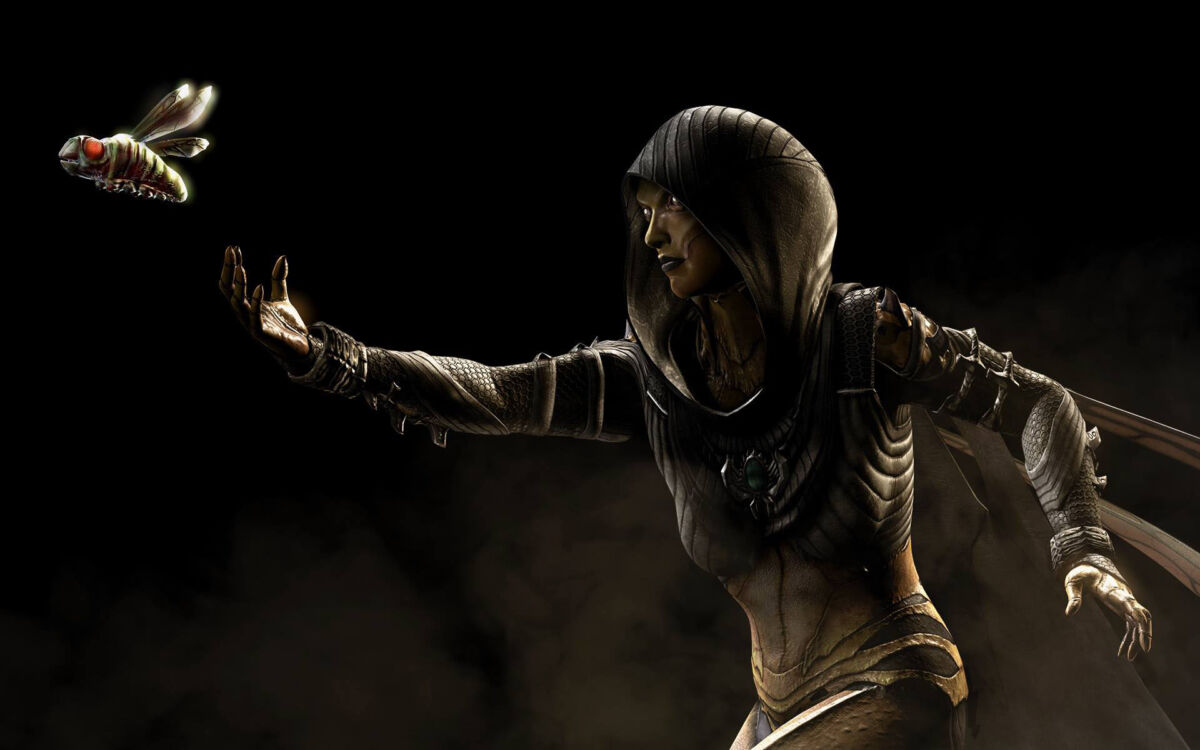
“Good writers borrow, great writers steal,” according to T.S. Eliot, and it does seem like the great IPs do it often, but Mortal Kombat took a little bit from everywhere, even if they only wanted the cool names. Most fans know the film inspirations like Enter the Dragon, Big Trouble in Little China, Bloodsport, and Kittelsen says we should also throw in films from the Shaw Brothers as well, but there are a lot of random bits of stolen mythology in there as well as past movies.
In some cases, it’s a matter of taking the idea of a creature and infusing it onto a person. Sindel is a solid example of this, often referred to as the Banshee Queen, which isn’t just a fun title, but a reference to her gimmick being that of a popular creature from Irish folklore. The long white hair and deadly scream are the big clues, but her appearance is often given a ghostly white allure.
Many names are taken with the slightest connection, like D’Vorah, a character tied to insects, possessing a name that means ‘bee’ in Hebrew. Geras, a new character with powers over time, is a name taken from the Greek god of old age, and Argus was known as the “all-seeing one,” but he was a giant covered in eyes for that mythology. Perhaps this is why he was married to a prophet, or the creators just thought it was a regal-sounding name and took it, like so many others. Some things are more blatant, like Kharon being the ferryman in the Netherrealm in MK11, meant to be obvious, carrying over meaning from its original source (just another C to a K), but it doesn’t need much explaining.
A lot of these little tidbits aren’t truly important, just extra bits of spice for the MK universe, there for when a new writer decides they want to expand on that particular piece of lore. Whether people know what to do with this information or not, they can impress their friends with the deep knowledge of the world outside the movies and games.
READ NEXT: DOOM Eternal: The Ancient Gods – Part Two Ending Explained
Some of the coverage you find on Cultured Vultures contains affiliate links, which provide us with small commissions based on purchases made from visiting our site. We cover gaming news, movie reviews, wrestling and much more.


